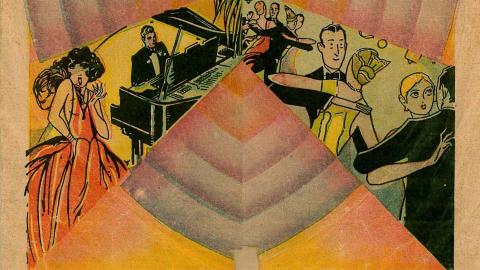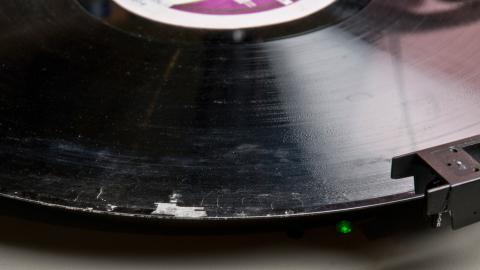
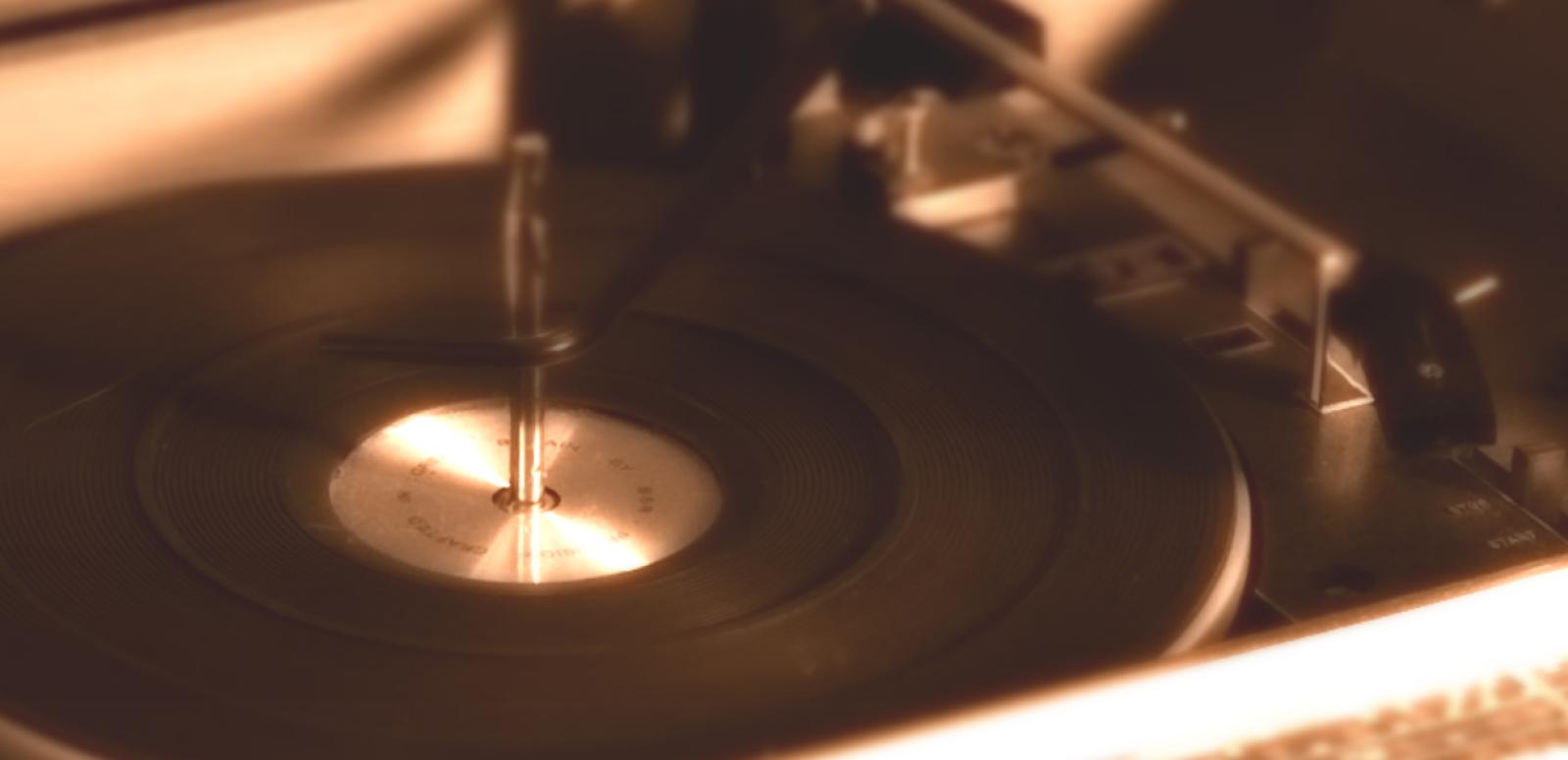
SBS Vinyl Collection
SBS donates Radio 2EA and 3EA vinyl collection to NFSA
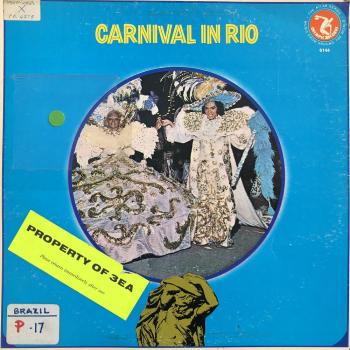
In early 2018, the Special Broadcasting Service (SBS) in Melbourne contacted the NFSA. Due to refurbishment at their main office in Federation Square they were no longer able to house their vinyl records, a collection which had been growing since 1975.
They thought the NFSA would be the ideal place for this significant collection and also offered us the vinyl discs held by SBS Radio in Sydney.
SBS preferred to keep the collections whole to reflect their importance as a representation of the beginnings of multicultural broadcasting in Australia.
These records were the basis for the different language programs provided by SBS over the years, which have had a big impact on individual communities and Australia generally.
From Medibank to Multiculturalism
In 1975 the Australian Government established radio stations 2EA in Sydney and 3EA in Melbourne to inform Australians from non-English speaking backgrounds about the new universal health care policy, Medibank.
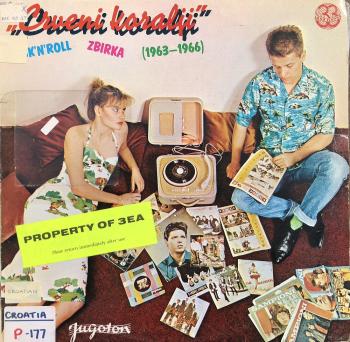
The stations were designed to provide important information to citizens in their native language, with an initial plan to broadcast for three months in seven languages.
They proved so popular that their broadcast time was extended by three years and the number of languages expanded.
On 1 January 1978, the Special Broadcasting Service was created to run the two stations. SBS TV was also set up at that time.
The number of languages broadcast steadily increased from over 40 in 1978 to more than 70 now.
From those first stations in Sydney and Melbourne, SBS Radio now has a variety of services across the country, with a charter mandating them ‘to provide multilingual radio … services that inform, educate and entertain all Australians and in doing so, reflect Australia’s multicultural society.’
About the collection
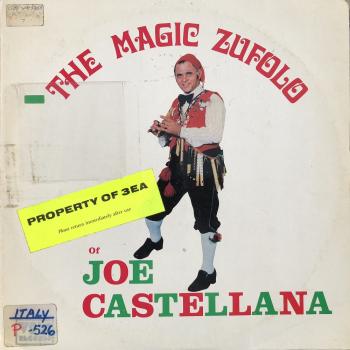
The SBS Melbourne and Sydney vinyl collections represent most of the language and cultural groups broadcast by the stations in that early period. They include overseas recordings in Afghan, Albanian, Greek, Hindi, Hungarian and Serbian languages as well as recordings made in Australia in languages other than English.
The Melbourne World Music Collection alone includes over 12,000 vinyl discs, covering sound effects, jazz, popular music, religious, opera, classical, soundtracks, musicals, marches, humour and spoken word. Countries represented include: Argentina, Bulgaria, Chile, China, Croatia, Cuba, Czechoslovakia, Denmark, Egypt, Israel, Lebanon, Mexico, the Middle East, Romania, Slovakia and Tahiti.
The NFSA seeks to represent, through its collection, the broad scope of Australia’s cultural heritage as reflected in its audiovisual industries and cultures. By this measure the SBS vinyl collection is a landmark collection which encapsulates the beginnings of multicultural broadcasting in this country.
While the NFSA collection is comprised primarily of Australian-produced material, or international material with significant Australian creative input, our collection policy and principles do allow for the selective inclusion of significant international material ‘to provide context to historical Australian audiovisual production, and to preserve a tangible record of historical cultural experience'.
On this basis the NFSA has accepted this collection and will maintain and make it accessible to Australians now and into the future.
The National Film and Sound Archive of Australia acknowledges Australia’s Aboriginal and Torres Strait Islander peoples as the Traditional Custodians of the land on which we work and live and gives respect to their Elders both past and present.

